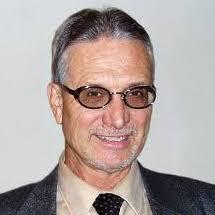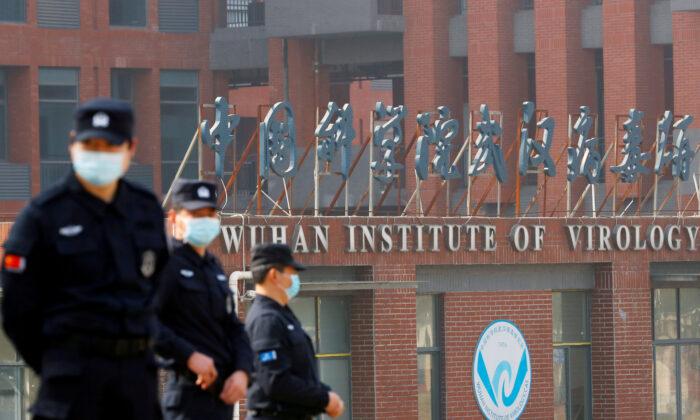“When these attacks occur, as they likely will, we will wonder what more we could have done to stop them.”
The hijackers began to acquire U.S. visas in April 1999, two years and five months before the attack. Consular officers had no information about fraudulent travel stamps that are associated with al Qaeda, and were not trained in terrorist travel tactics.
Three hijackers were known as al Qaeda terrorists in early 2000, but their biographical information was not communicated to border authorities for watch listing at U.S. consulates and the border. The hijackers successfully entered the United States 33 of 34 times, with the first arriving on Jan. 15, 2000, at Los Angeles International Airport. All others entered through airports on the East Coast, including 11 entries through New York area airports and 12 through Florida airports.
The terrorists included 14 “muscle hijackers,” trained to gain entry to the cockpit and subdue passengers. Tourist visas guaranteed them six months of legal stay, more than enough for Sept. 11, 2001. The six-month tourist stays also assured the hijackers of sufficient time to obtain identification to board the planes on 9/11. Fourteen of 15 operatives, and all of the pilots, easily acquired one or multiple forms of U.S. state-issued identification.
The staff report charts terrorist operations such as the first attack on the World Trade Center in 1993. Terrorist Ramzi Yousef and Ahmad Ajaj traveled under aliases using fraudulent documents American officials failed to discover. The terrorists’ primary tool for remaining in the United States was “immigration fraud,” such as the “bogus political asylum stories” concocted by Ajaj and Yousef, mastermind of the 1993 operation. Others simply overstayed their visas.
Those visas were issued by the State Department, which in some cases speeded up the process and approved incomplete applications. The reasons for these visa policies in Saudi Arabia, the United Arab Emirates and Germany “have never been adequately explained” but as Terrorist Travel notes, “with its reputation as a friend of foreigners, State was an easy target.”
The Immigration and Naturalization Service had little contact with the intelligence community, so information on terrorists failed to reach the Border Patrol, which also lacked access to the terrorist watchlist. More than two years after 9/11, many immigration inspectors had never been interviewed by the FBI or DOJ and many remained unaware that they had admitted a hijacker.

Prior to 9/11, the Terrorist Travel report notes, “no agency of the U.S. government thought of border security as a tool in the counterterrorism arsenal.” Indeed, even after the 9/11 hijackers easily gained admission, “border security still is not considered a cornerstone of national security policy.” Commission staff believed “it must be made one,” but it wasn’t.
The conventional wisdom in Washington is that the preferred destination for refugees, particularly from the Middle East, is the United States, rather than other countries in the region. Likewise, Central Americans are encouraged to come to the United States rather than Mexico, Costa Rica, Panama, Colombia or even Cuba, which has a population of only 11,236,616.
If legal immigrants and legitimate citizens have a problem with this policy, then it would be hard to blame them. The same goes for anyone who lost a father, mother, son, daughter or friend on Sept. 11, 2001.
Before 9/11, border security was not considered a cornerstone of national security. Nearly 20 years later it still isn’t, and the conditions that prevailed now exist on a wider scale. To paraphrase Richard Clarke, when these attacks occur, as they likely will, American officials will know why they failed to stop them.





